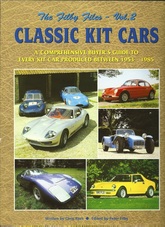
I have not been on here at all recently - a seasonal combination of Christmas, skiing and rebuilding my workshop has kept me away from what I should be doing.
But while I was idling my time away our club historian (Brian) dropped me an email to tell me that 70 DNR appeared in 'The Filby Files' book on Classic Kit Cars. I was worried when I heard that, never having thought of it as a kit car (which it never was!), but I picked a copy off ebay a couple of weeks later and found it littered with lots of things like TVR's and even Lotus 7's.
And there, squeezed between Gilbern GT and Gilbern Genie was a picture of my car in earlier days. So the editor had clearly struggled a bit with his alphabet as well as his definitions. Although, to his credit he recognised the car as an 'underrated and quite Collectable sports GT car'.
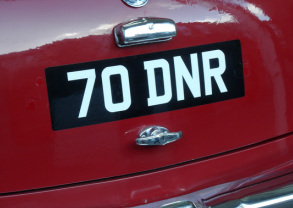
Strange but true, DVLA drifts towards a personal evaluation by me of 'helpful and efficient'. I'm not really sure that's true at all. But it is certainly how I felt after a new V5 dropped through my letterbox confirming the return of the car's original registration - 70 DNR.
A couple of days later I was back at the Edinburgh DVLA office to sort out a tax disc. Of course, in issuing the V5 they had not changed its previous taxation class, which was private/ light goods. This had to be altered to 'Historic' to allow me to secure the tax disc at 'no charge'. And the helpful and efficient (you see it's creeping in again) lady at the DVLA office corrected this online and handed over the tax disc. I was happy.
In a wave of optimism I had previously ordered a couple of white-on-black number plates on 'sticky-back plastic'. These were lightly trimmed to a better width, but before fitting them I decided to 'glass up the holes in the bootlid. This I did with my elder son, taping a release film on the outside of the lid and filling with coloured gel-coat, plugs of mat and finishing with tissue - just as it tells you in the book. The match of the gel-coat to the paint was good enough to spare me attempting to paint anything. However, I did offset the rear number plate 5 or 6mm to the right to cover a small patch of white gel coat that was exposed.
We also plugged two holes in the front apron where spotlights had once been fitted. And the picture below shows my younger son wiping any remains of tape from around the area masked with release film.
The finishing touch was a Bo'ness Hillclimb Revival holder for my new tax disc, sourced from Margaret at the club - an essential accessory for all period racers.
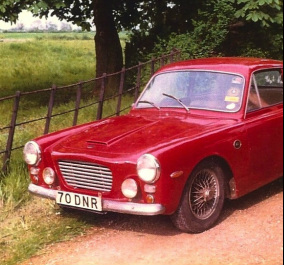
The car had left these shores in about 1980 and subsequently borne a series of Danish number plates. In Denmark registration numbers are unique to the car/ owner combination - so they change each time the car has a new owner. But in the UK, the number is 'stapled' to the car throughout its life (absent someone putting a personalised number on it).
Fortunately the licensing body, DVLA, has a specific procedure that is intended to restore numbers that have been 'lost' to historical vehicles. This uses a procedure described by the name of the application form it uses - the V765. This requires you to present evidence that your car did bear that particular number - DVLA is usually looking for old tax or registration documents, and a certificate from a recognised owners club to back it up. Other documents I would need were an MOT certificate (roadworthiess test) and insurance certificate.
So I wanted to recover the car's original registration number if it was still available, 70 DNR. But this was to be neither obvious nor easy....
I found the car in Denmark when it unexpectedly popped up on a web search involving the words 'Gilbern' and 'FIA'. It had been exported in about 1980 by its emigrating English owner. Oliver is a fishery owner who still lives and works there. But since the early 'noughties' the car was raced in Denmark's active classic series.
Since 2010 the car had been owned by a sympathetic MGB fan who set about establishing a more solid mechanical platform in an old car that I suspect was showing the effect of its recent use. He had managed a super job in producing a car that seemed solid and almost immediately usable, but there was still lots of room left for development in the areas he had not yet reached. Kaj had certainly worked hard to bring the car back to essential race-fitness and to secure new FIA HTP papers, allowing the car to qualify for Appendix K, Period F events.
Following an earlier visit to examine the car, I returned a few weeks later to Billund (aka Legoland International Airport). Kaj met me with the car on a trailer and transported me to Ejsbjerg. An 18-hour ferry ride later, I landed the car at Immingham. A further trailer ride got us to Edinburgh, where the car was deposited in one of my garages. And the work began.....



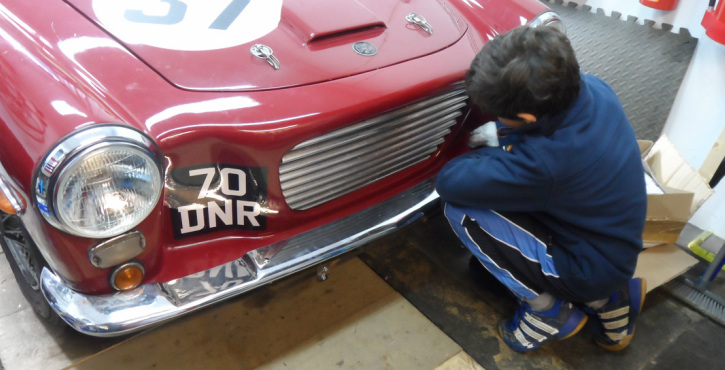

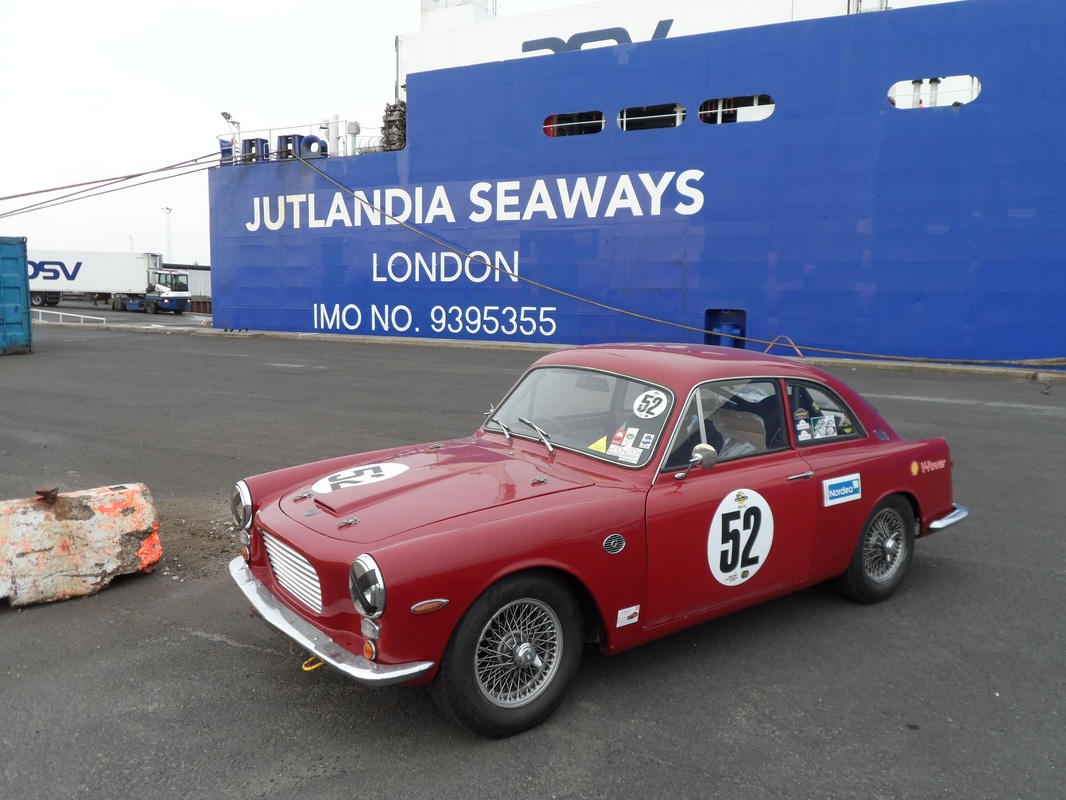
 RSS Feed
RSS Feed